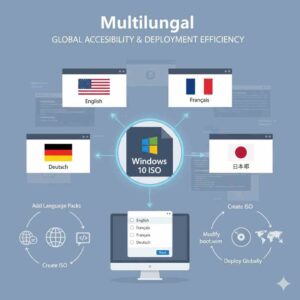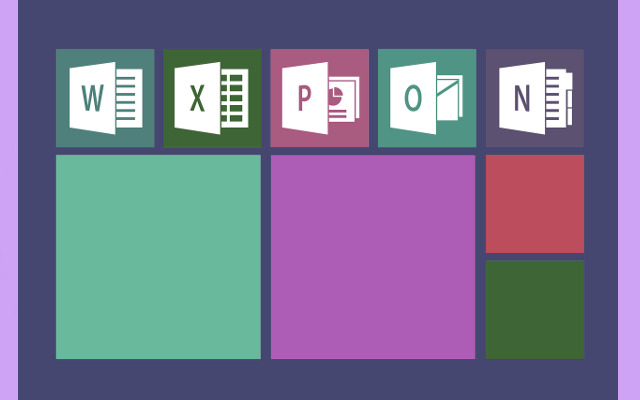Setting up Windows in several nations and languages might be hard in today’s linked world. One simple language is used by a regular Windows 10 installer most of the time. After the installation is done, users have to add more languages on their own. By producing a multilingual Windows 10 ISO, users can choose their language right away when they start the installation. This makes things go faster, reduces down on the need to download things that aren’t necessary, and makes everything flow more quickly and easily, especially for teams or companies that work in different regions of the world.
The Strategic Advantage of Deploying in Multiple Languages
Standardization and Efficiency
Keeping track of one multilingual image is far easier for IT managers than to have separate ones for each language. The one that ensures the same version and updates of the system in all installations is One ISO. With this, fixing problems and keeping things to run smoothly is now easier. It also helps make the setup process the same for all devices, which saves time and money.
Better Experience for Users
People can choose their language during installation, which makes it easier to use straight away. It helps customers feel more at ease, reduces down on mistakes during setup, and ensures sure the system is ready to use right away, so you don’t have to download language packs later. This is really helpful in regions where the internet is slow or hard to get to.
How to Add Language Packs
Having and using Microsoft’s DISM (Deployment Image Servicing and Management) program makes an ISO works in more than one language changing the Windows image files.

Add Languages to the Setup Area
To make the language options to show up before starting the installation, you’ll be adding the same language packs to the boot.wim file. Then this will be mount, typically index 2, followed by adding the language files, and changing the Lang.ini file in the folder names sources so that all languages show up during setup.
Make the New ISO and Save It
MDISM /Unmount-Image /Commit is used to unmount and save them and this is only executed once you’re done making all the changes. Lastly, making a new bootable ISO with all the new languages you’ll be using the ADK’s OSCDIMG tool.
Overall Idea
A multilingual Windows 10 ISO makes installation easier and more flexible because it comes with language options from the start. IT teams and expert users can utilize technologies like DISM and OSCDIMG to make a single installation source that works in many countries and languages without having to do any extra setup. The end result is a system that is ready for global deployment and is professional, easy to use, and works well.
Get hands-on with Windows — explore its tools, features, and power!






